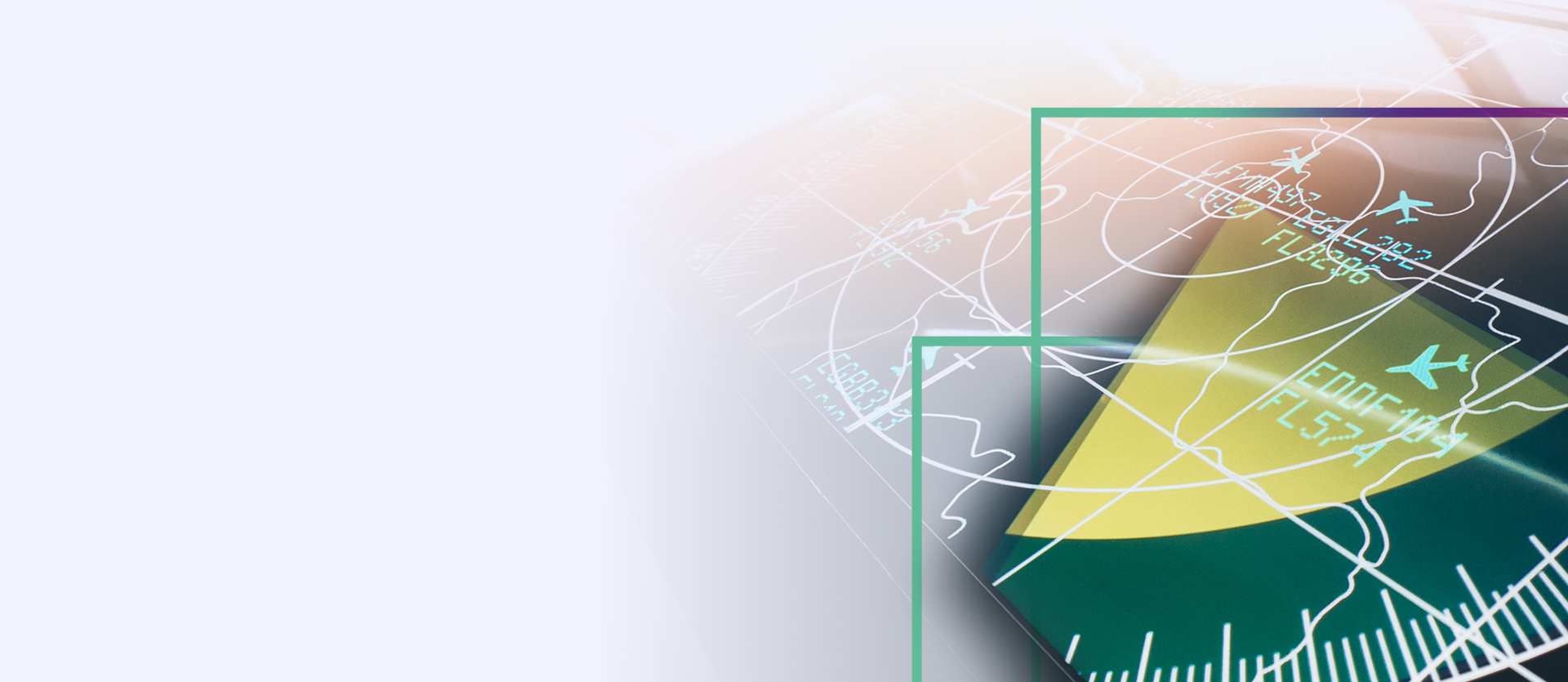Mastering system complexity using distributed intelligence
Multi-agent systems are able to solve emerging operational problems.
Multi-agent optimisation consists in optimising a system by modelling its constituent entities in the form of agents whose interactions lead to the emergence of a global dynamic.
AI and multi-agent systems according to Scalian
Our approach
Whether it concerns coordination of drones, nanosatellites or IoT systems, simulation of epidemics, crowds, traffic in large cities or changes in human behaviour, the multi-agent approach enables the design of complex solutions requiring interactions between several entities.
The living world has many collective systems capable of solving complex global problems with simple individual behaviours. These collective intelligence phenomena result from local interactions between several simple, autonomous individuals. For example, this is the case with social insects (ants, termites, bees, etc.), which are capable of laying pheromone paths, building complex 3D structures or dividing up work.
These collective behaviours have inspired the field of AI and given rise to multi-agent systems. Our approach is based on the ability of these computer systems, made up of more or less simple agents, to perform difficult tasks flexibly and adaptively, and to sustain their activities in constantly changing (sometimes unknown and/or hostile) environments.
Our method
Multi-agent systems
The concept of agent, which comes from distributed AI, is defined as a (computer) entity with its own characteristics and behaviour. The use of agent-based algorithms for the study and optimisation of spatial phenomena has become widespread over the last decade.
Taking spatial phenomena into account requires (or at least advocates) that the development environment be coupled to a geographic information system (GIS). This is the case when simulating mobility or epidemics; this coupling enables the creation of a simulation environment and situations that are closer to reality. Inclusion of coordinates and geographic layers (e.g. rasters or shapefiles) enables the solution to be tested on real environments (e.g. an existing city) rather than on “mock” ones, which greatly improves the value and credibility of the demonstrator (as it is assessed on realistic environments).
Asynchronous agents
IoT sensors, drones and nanosatellites are operated by communication; even when optimisation is centralised, taking account of this aspect means taking account of the possibility of asynchronous agents. This generates solutions that are closer to reality and that can therefore be better adapted to hazards.
Unleash your potential
with Scalian
Join passionate men and women.
Develop yourself in an organisation where professionalism and entrepreneurship go hand in hand with kindness and caring.





